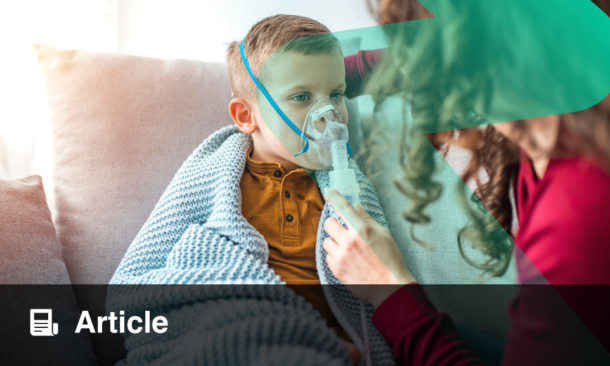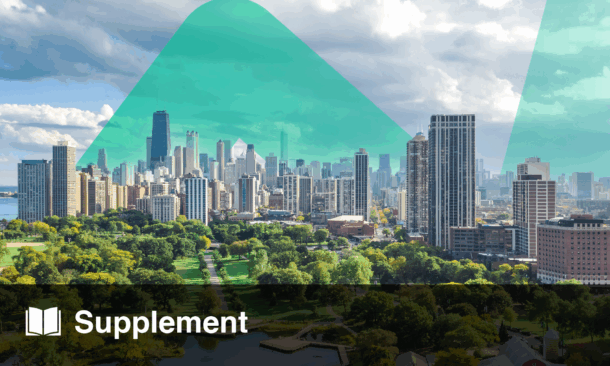IN a study likely to impact the clinical assessment of COPD across diverse populations, researchers have found that newer race-neutral Global Lung Function Initiative (GLI) spirometry reference equations could significantly shift disease severity classification in Northeast Asian patients. The findings, based on spirometry data from 3,477 individuals enrolled in the Korea COPD Subgroup Study (KOCOSS), offer critical insights into how reference standards influence COPD management and patient outcomes.
The researchers compared three reference equations: the widely used race-specific 2012 GLI, the updated race-neutral 2022 GLI, and Choi’s equation, which is regionally derived and commonly used in South Korea. While the overall diagnostic agreement was strong across all three methods, significant differences emerged in severity classification. The 2022 GLI equations reclassified 23.4 percent of patients to a milder disease severity, while the 2012 GLI did so for 17.0 percent.
These shifts in classification did not dilute the clinical relevance of spirometry. The FEV1 percent predicted values from all three equations retained significant associations with essential outcomes such as dyspnea severity, exercise capacity, quality of life, and exacerbation frequency. Moreover, lung function decline—measured through annual changes in FEV1 and FVC percent predicted—was generally consistent across models, although the Choi equation showed a slower decline in FEV1 compared with the 2022 GLI.
These findings raise important considerations for clinicians using spirometry to guide COPD care. The potential for reclassification may affect not only treatment decisions but also the eligibility of patients for clinical trials. As healthcare systems move toward more equitable and standardized diagnostic tools, understanding the implications of race-neutral equations becomes essential for accurate disease management across populations.
Reference:
Choi JY et al. Implications of Global Lung Function Initiative Spirometry Reference Equations in Northeast Asian Patients With COPD. Chest. 2025;167(2):414-424.








